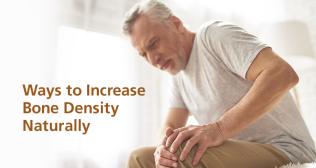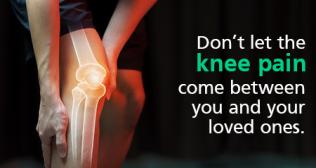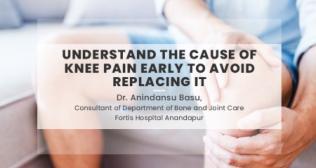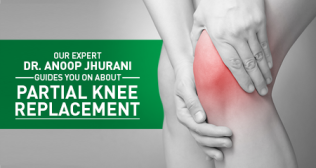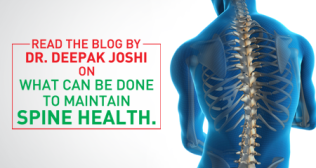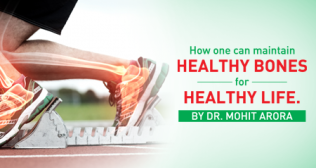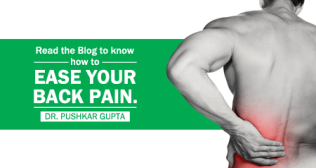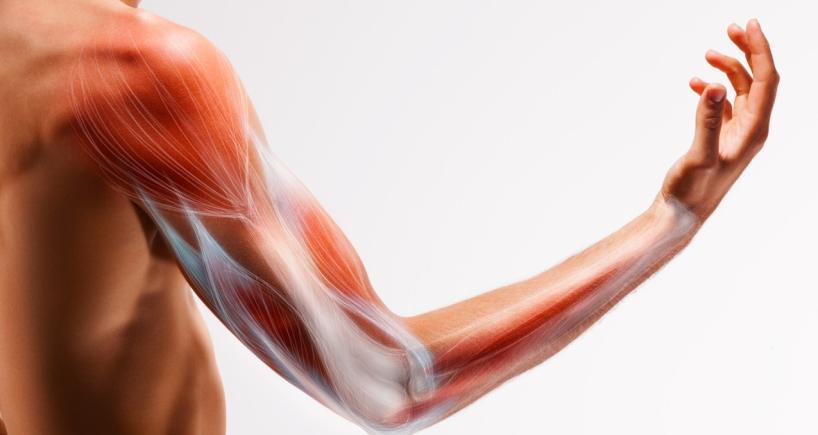
All you need to know about bicep and Tricep Tendonitis
Tendons can become irritated for an array of reasons, leaving the impacted muscles in pain with decreased mobility. Bicep/Tricep tendonitis is usually seen in athletes as well as professions that need repetitive arm movements.
WHAT IS BICEPS/TRICEPS TENDONITIS?
The biceps brachii muscle refers to a large muscle that originates at the scapula as well as adheres to the radius of the forearm. Due to this connection to the shoulder as well as elbow, the biceps muscle is used to flex the shoulder and elbow. This muscle is usually utilised to push, pull, as well as lift entities overhead.
While the biceps muscle controls the front portion of the upper arm portion, the triceps brachii muscle stretches along the back up the upper arm. This muscle comes out of the humerus as well as scapula in the back portion of the shoulder as well as connects to the ulna of the forearm. Its major function is to straighten the arm by extending the elbow joint.
These muscles are connected to the shoulder as well as arm through several tendons, thick bands of connective tissues that behave like ropes holding the muscle to bone. Bicep tendonitis refers to a condition that happens when one/both tendons of the biceps brachii become irritated. Likewise, tricep tendonitis can also happen when one/more tendons of the triceps brachii turn irritated. This irritation can cause the impacted muscles to become swollen as well as tender to the touch.
WHAT are the causes as well as symptoms of BICEP TENDONITIS?
Bicep tendonitis may develop gradually from the impact of wear and tear, or it can occur suddenly from a direct injury. The most predominant cause of bicep tendonitis is too much from certain types of work/sports activities that need repeated elbow flexion. The tendon may also turn irritated in response to other issues in the shoulder, like rotator cuff tears, impingement/instability.
If one is suffering from bicep tendonitis, they may experience pain in the front of one's shoulder and upper arm.
Predominant symptoms of bicep tendonitis comprise:
Extreme bicep pain when raising the arm overhead
Tenderness as well as weakness in the biceps muscle
Pain or trouble pulling
Decreased range of motion
Swelling as well as tenderness in the impacted arm
Snapping sound/sensation felt in the front of the shoulder
Doctor Examination
Physical Examination
After discussing symptoms and medical history, doctor will examine person's shoulder.
During the examination, one's doctor will assess person's shoulder for range of motion, strength, as well as signs of shoulder instability. Furthermore, they will perform specific physical examination tests to check the function of your biceps
Imaging Tests
Tests that may help one's doctor confirm their diagnosis comprise:
X-rays. Although they only observe bones, X-rays may depict other problems in one's shoulder joint.
Magnetic resonance imaging (MRI) as well as ultrasound imaging techniques can depict soft tissues like the biceps tendon in greater detail than X-rays.
What are the causes as well as symptoms of TRICEP TENDONITIS?
Tricep tendonitis typically occurs when the triceps tendon starts to feel the exertion of certain repetitive/prolonged activities. Few tasks that may cause strain to the triceps tendon comprise, pushing exercises, making a fist as well as bringing one's elbow back, as well as pushing down on a surface with one's palms facing up or down. It can also happen suddenly from a heavy impact /blow to the arm.
One predominant symptom of tricep tendonitis is pain in the triceps area, surrounding the back of the upper arm or shoulder. Pain generally worsens upon movement of the arm.
Other manifestations of tricep tendonitis may comprise:
Tenderness surrounding the elbow/ back of the upper arm
Trouble in straightening or moving the elbow from a flexed position
Bulging/swelling in the back portion of the upper arm portion
A popping noise/sensation at the time of injury
Treatment for Biceps as well as Triceps Tendonitis
To treat biceps and triceps tendonitis, a combination of the following treatment choices may be advised:
Rest: One should take a break from the activities that caused the tendonitis which is essential for recovery.
Ice as well as heat therapy: However, applying ice on the affected region is equally important as it leads to reduction in inflammation while on the other hand, heat helps in enhancing circulation, and therefore assists in the healing process.
Relief from pain: Painkillers and anti-inflammatory drugs which are available over the counter can be used in order to help with pain and inflammation.
Physical therapy: A targeted exercise program can strengthen the muscles surrounding the tendons, improve flexibility, as well as restore proper function.
Activity modification: Adopting proper technique as well as incorporating rest periods into your routine can aid in preventing tendonitis from happening again.
In brief, Biceps and also triceps tendonitis are most common exertional pathology as a result from overuse or acute injuries which causes tendinosis and also inflammation of the upper arm tendons. Both interferes with the daily endeavours and athletic performance due to pain and tenderness in addition to having limited joint movement.







